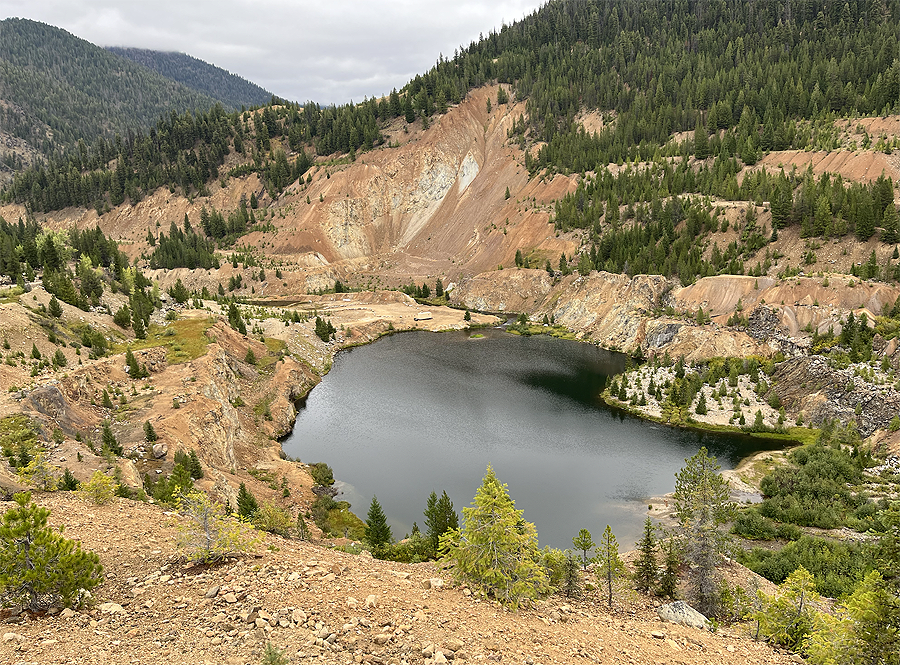Introduction
Perpetua Resources (Nasdaq: PPTA, TSX: PPTA) announced that its Stibnite Gold Project in Idaho has been designated as a Transparency Project under President Trump’s recent Executive Order to bolster American mineral production. This recognition places the project among 10 initial US initiatives selected by the National Energy Dominance Council, granting it enhanced inter-agency coordination and oversight through the Federal Permitting Improvement Steering Council dashboard.
Strategic Importance of Antimony
The Stibnite project is poised to address a critical gap in US mineral supply, particularly for antimony—a metal vital for national security, energy technology, solar panels, flame retardants, and weapons. Currently, the US imports all its antimony, with China dominating global production at 60% in 2024, according to the US Geological Survey. China’s export ban on antimony to the US last year has further underscored the urgency of domestic production. Perpetua’s project, having secured a Record of Decision from the US Forest Service in January 2025, is uniquely positioned to mitigate this dependency.
Project Progress and Funding Prospects
Perpetua has made significant strides in advancing the Stibnite project. The company entered the formal permitting process under the National Environmental Policy Act (NEPA) in 2016, culminating in a Final Environmental Impact Statement and Record of Decision this year. The final federal hurdle, the US Army Corps of Engineers Clean Water Act 404 permit, is expected in Q2 2025. Financially, Perpetua received a non-binding letter of interest from the US Export-Import Bank (EXIM) for a potential loan of up to $1.8 billion—one of the largest federal investments in a mining project if approved. The final mining permit was issued under the Biden administration, reflecting bipartisan support for critical mineral development.
Analysis and Perspective
While the White House’s prioritization of the Stibnite project signals strong governmental backing, questions remain about the timeline and feasibility of achieving full production capacity. The reliance on a potential $1.8 billion loan from EXIM introduces financial uncertainty, as approval is not guaranteed. Moreover, environmental concerns tied to mining in Idaho’s sensitive ecosystems could face opposition, despite the project’s progress through NEPA. On balance, the strategic need for antimony and the project’s advanced permitting stage make it a promising step toward reducing US dependence on foreign minerals, though execution risks persist.
